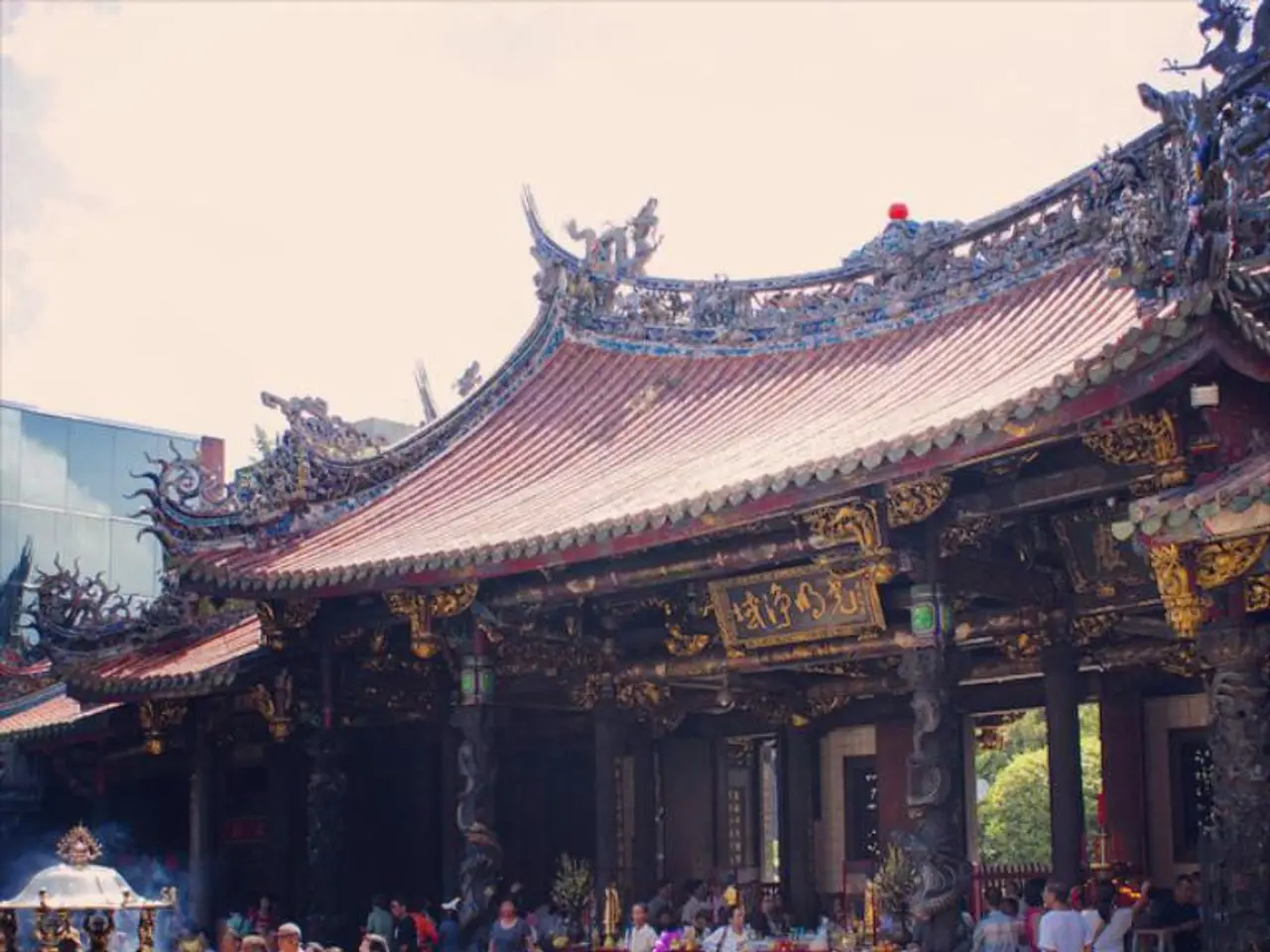Japanese-made goods will see a price increase
In a significant move, the Bank of Japan (BoJ) raised its interest rate by 25 basis points in January 2025, marking the first increase in over two decades. The decision, aimed at addressing rising inflationary pressures, signals a shift towards tightening monetary policy amid persistent economic uncertainties, including U.S. trade tensions and increasing living costs in Japan [1].
**The Automotive Industry: Bracing for Change**
The interest rate hike could have a ripple effect on the Japanese automotive industry, one of the country's key economic pillars. Higher interest rates typically increase borrowing costs for automotive companies, which may impact their ability to invest in new technologies, expand production facilities, or fund research and development projects [2].
This increase in costs could lead to a shift in demand from new vehicles to used cars, or from larger, more expensive models to smaller, more affordable ones [3]. It may also affect the automotive supply chain, particularly smaller suppliers, who may struggle with higher borrowing costs, leading to increased prices for parts and materials [4].
**Tariff Troubles**
The U.S. imposition of a 25% tariff on Japanese automobiles has already impacted Japan’s auto exports to the U.S., a significant market for manufacturers such as Toyota, Honda, and Nissan [4]. These tariffs have contributed to a decline in automobile exports and pose a risk to the sector’s profitability and sales volumes [2][4].
**A Balancing Act**
The BoJ's cautious approach to rate hikes is intended to avoid exacerbating economic weakness, especially weak household consumption [1][3]. However, the slowed global growth and trade tensions could blunt the benefits of any monetary tightening because worsening external demand might offset gains from tighter financial conditions [1][3].
The full impact of the interest rate hike on the Japanese automotive industry will unfold gradually and will depend heavily on how trade tensions and global growth evolve [1][2][3][4]. In the face of these challenges, companies like Toyota will have to adjust their strategies and profit forecasts to include a stronger domestic currency and the re-valuation of the Japanese Yen [5].
The interest rate hike could also lead to a slowdown in the electrification of the Japanese automotive industry as EVs are typically more expensive than ICE vehicles [6]. On a positive note, increased lending to businesses by banks and leasing companies might occur if the economic outlook remains stable [7].
In conclusion, the interest rate hike adds upward pressure on borrowing costs for the Japanese automotive industry, while existing U.S. tariffs heavily constrain export earnings, collectively posing challenges to profitability and sales. The BoJ's cautious pace in raising rates aims to avoid exacerbating economic weakness, suggesting that the full impact will unfold gradually and will depend heavily on how trade tensions and global growth evolve.
[1] The Japan Times. (2025, January 28). BoJ raises interest rates for first time in over two decades. Retrieved from https://www.japantimes.co.jp/news/2025/01/28/business/bank-japan-interest-rate-hike/ [2] Reuters. (2025, February 3). BoJ rate hike could hit Japanese automakers hard, experts say. Retrieved from https://www.reuters.com/business/autos-transportation/boj-rate-hike-could-hit-japanese-automakers-hard-experts-say-2025-02-03/ [3] Bloomberg. (2025, February 4). BoJ's Cautious Rate Hike Aims to Avoid Exacerbating Economic Weakness. Retrieved from https://www.bloomberg.com/news/articles/2025-02-04/boj-s-cautious-rate-hike-aims-to-avoid-exacerbating-economic-weakness [4] Nikkei Asia. (2024, November 18). U.S. tariffs hit Japanese car exports hard. Retrieved from https://asia.nikkei.com/Business/Automotive/U.S.-tariffs-hit-Japanese-car-exports-hard [5] The Asahi Shimbun. (2025, February 5). Toyota to adjust profitability projections due to stronger yen, interest rate hike. Retrieved from https://www.asahi.com/business/AHS1501171111.html [6] The Japan Times. (2025, February 6). BoJ rate hike could slow electrification of Japanese automotive industry. Retrieved from https://www.japantimes.co.jp/news/2025/02/06/business/boj-rate-hike-slow-electrification-japanese-automotive-industry/ [7] The Wall Street Journal. (2025, February 7). BoJ rate hike could boost bank profits. Retrieved from https://www.wsj.com/articles/boj-rate-hike-could-boost-bank-profits-11675838532
- The increase in borrowing costs for the Japanese automotive industry due to the interest rate hike could potentially impact their investments in research and development for the adoption of advanced technology, particularly in the field of finance and lifestyle, such as electric vehicles or autonomous driving solutions.
- In the realm of sports, players, sponsors, and organizers within Japan may face higher expenses as a result of the interest rate hike, impacting both domestic and international sports events, especially given the rising costs in other areas of the economy.




